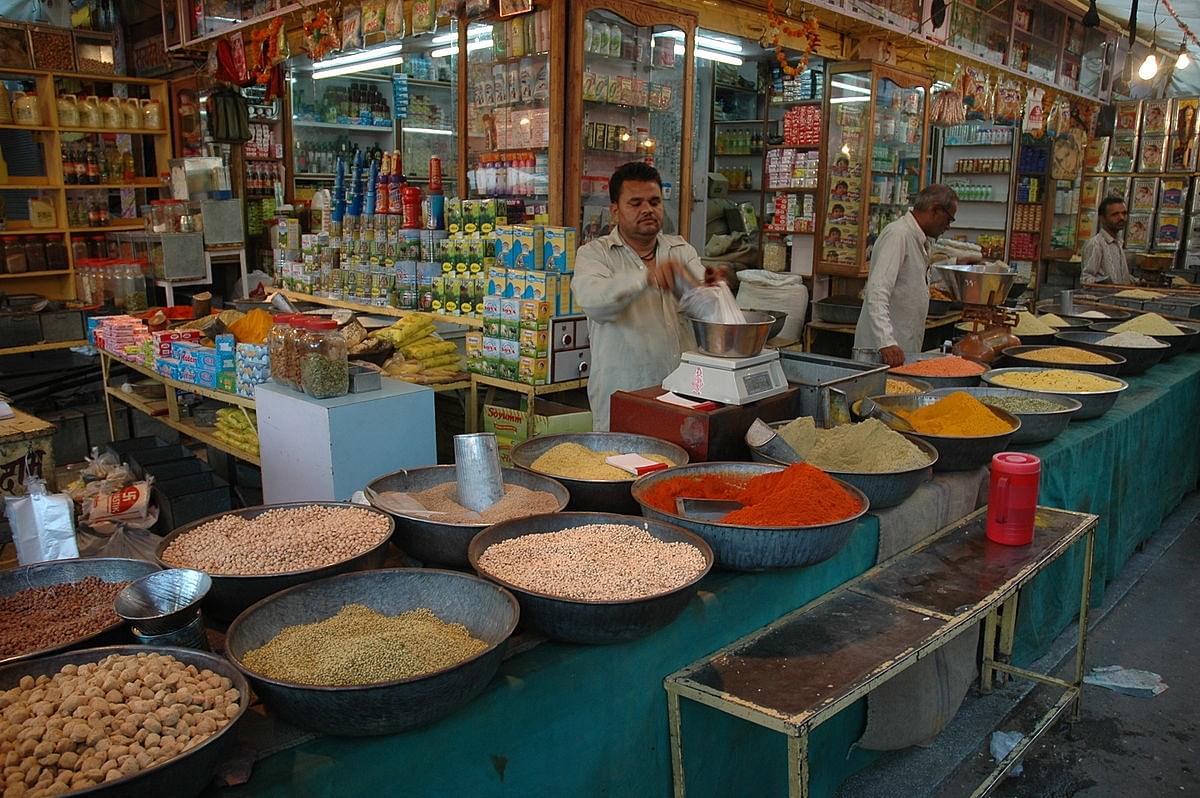Retail Inflation Hits Five-Year Low
India’s retail inflation has dropped to 3.54% in July, the lowest level since August 2019. This significant decrease brings inflation to or below the central bank’s target of 4% for the first time since September 2019. The reduction in inflation is largely attributed to a base effect, which occurs when current inflation rates are compared to unusually high rates from the previous year. Despite this, food prices continued to rise, indicating that the base effect rather than a substantial decrease in prices is driving the lower inflation rate.
Comparison with Previous Month
The Consumer Price Index (CPI) inflation in June was recorded at 5.08%. Economists surveyed by Bloomberg had forecasted a 3.6% inflation rate for July. The drop from June’s higher inflation underscores a notable shift in price trends, influenced by seasonal factors and base effects.
Food and Beverage Prices
In July, food and beverage prices saw an increase of 5.06%, a decrease from the 8.36% rise observed in June. Specifically, vegetable prices rose by 6.83% compared to a much higher 29.32% increase from the previous year. Sequentially, food and beverage inflation increased by 2.5% from June, and vegetable prices saw a 14.1% rise. This ongoing rise in food prices reflects persistent pressures in the sector despite the overall inflation decline.
While vegetable prices rose 14.13% month-on-month, their YoY inflation fell from 29.32% to 6.83%. Tomatoes contributed to a 90 basis point reduction in July’s inflation with a 42.91% YoY deflation.
Core Inflation Trends
Core inflation, which excludes volatile categories like food and fuel, rose to 3.37% in July from 3.15% in June. This marks the first significant upturn in core inflation since September 2022. The increase is partly driven by higher costs in telecom services and gold, suggesting that core inflation may be stabilizing or even increasing amidst robust economic activity.
Base Effect and Food Prices
According to chief economist of Bank of Baroda, the drop in food inflation is more a result of the base effect rather than a genuine decrease in prices. The true impact on food prices will become clearer once the new crop season begins after September. This period will be crucial in determining future price movements.
Cereal and Pulses Inflation
Inflation in cereals rose to 8.14% in July, down from 8.75% in June. Pulses experienced an inflation rate of 14.77%, a slight decrease from 16.07% the previous month. These fluctuations highlight ongoing volatility in the prices of staple food items.
Meat, Eggs, and Milk
Inflation for meat and fish increased to 5.97% in July from 5.39% in June. Egg prices saw a sharp rise, with inflation reaching 6.76%, up from 3.99% in the previous month. Milk and milk products saw a slight decrease in inflation to 2.99% from 3% in June, reflecting a more stable price environment in this category.
Oils and Fats
The price of oils and fats fell by 1.17% in July, a smaller decline compared to the 2.68% drop recorded in June. This reduction indicates a moderated decrease in this category of goods.
Clothing, Footwear, and Housing
Inflation in clothing and footwear was 2.67%, down slightly from 2.73% in June. Housing inflation remained relatively steady at 2.68%, compared to 2.69% the previous month, indicating minimal changes in these sectors.
Monetary Policy Context
Earlier in the month, the monetary policy committee chose to keep the benchmark repo rate unchanged at 6.5%. The committee expressed caution regarding food inflation and highlighted the need to monitor future price developments closely.
Bringing you the latest updates on finance, economies, stocks, bonds, and more. Stay informed with timely insights.














Be First to Comment